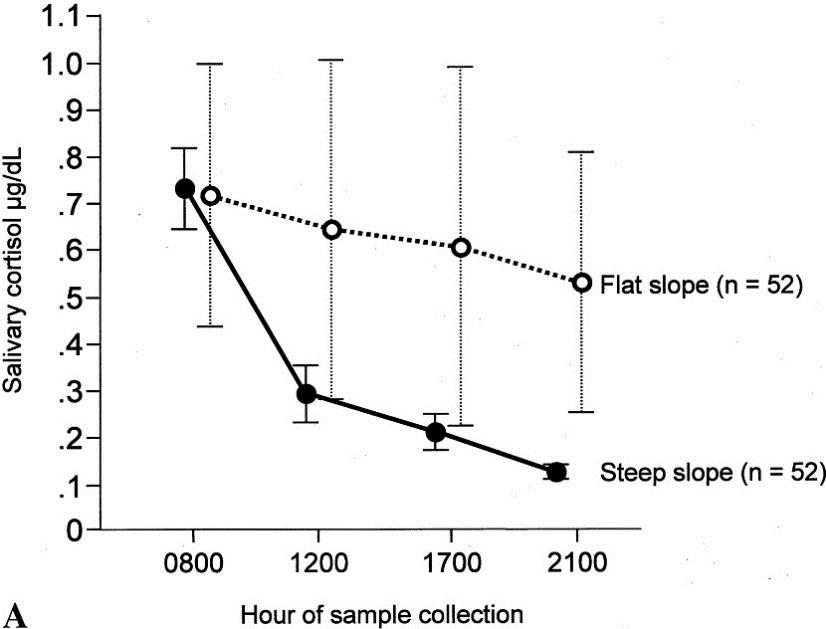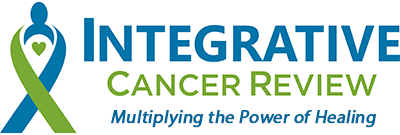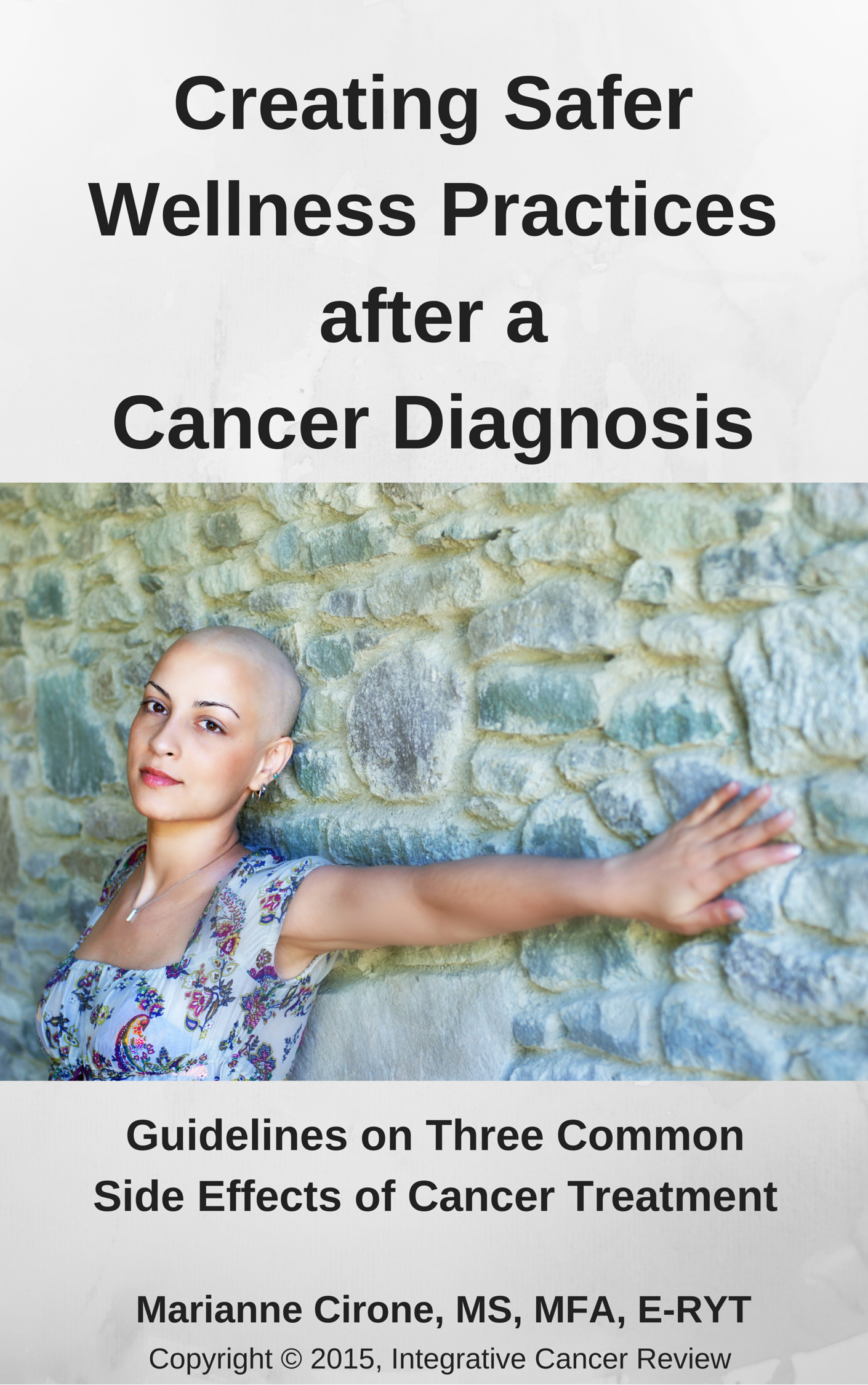
“Not every patient we saw with elevated nighttime cortisol had cancer, but every patient with breast cancer that we saw over 30 years had an elevated nighttime cortisol level. For everyone who was able to get that nighttime cortisol level down to a healthy level, their cancer was just a blip on their radar…”
— Pauline Harding, MD, integrative internist from Aurora, Illinois
Could the connection between cancer and cortisol levels be that strong? Dr. Harding’s observations don’t carry the weight of a randomized, controlled study, but it’s possible that observations like hers have contributed to the recent proliferation of research on cortisol and cancer. The impact of diurnal, or daily, cortisol rhythms is one of the lesser talked about factors related to cancer, but despite its relative anonymity, there are now many research studies linking abnormal cortisol levels to both cancer risk and worse outcomes for those with cancer.
What is Cortisol?
Cortisol is a steroid or “stress” hormone produced by the adrenal glands in response to stress and/or low blood glucose. Like all hormones, cortisol is a chemical messenger or signaling molecule that regulates physiological functioning. It is known as a glucocorticoid because it modulates the way our bodies use various fuel sources, including glucose, thereby increasing our blood sugar levels as it increases. When blood sugar gets high, we put out insulin, which cleans up the blood sugar and then we crash, along with developing insulin resistance, craving junk food and gaining weight.
What does Cortisol Do for Us?
In the short term, cortisol helps our bodies to meet the demands of stressors for the purpose of survival. Giving us the energy for our “fight or flight response,” cortisol increases our blood pressure, decreases our sensitivity to pain and decreases inflammation. In the long term, however, excess exposure to cortisol can cause a litany of problems, from a suppressed immune system and susceptibility to infections and cancer, to bone loss, muscle loss, weight gain, low energy, depression, anxiety and inability to concentrate.
What is the Importance of Cortisol Rhythms?
Many scientists assert that it is not the high or low cortisol levels themselves, as much as the cortisol rhythms that impact us most dramatically. Normal cortisol rhythms follow a circadian, twenty-four-hour cycle, peaking from 6:00-8:00 am, and then dropping to the lowest levels from midnight to 2:00 am. The results of a simple saliva test, done at four times in a day, can show us our diurnal cortisol rhythm or slope.
When we are under chronic stress, or for the other possible reasons explained below, the normal, steeper cortisol slope, shown in bold, gets “blunted” or “flattened,” as shown by the dotted line. There are other abnormal patterns as well, with spikes and valleys in the cortisol slope.
Diurnal Cortisol Slopes:
Normal (bold line) and Flattened (dotted line)

Graphic: Courtesy of the Journal of the National Cancer Institute
What is the Impact of Cortisol Rhythms on Cancer?
Researchers have found a variety of connections between cancer and cortisol rhythms. In a study published in the Journal of the National Cancer Institute in 2000, “Diurnal cortisol rhythm as a predictor of breast cancer survival,” flattened profiles were related to lower immune functioning and a higher mortality rate. The researchers noted: “Cortisol slope predicted subsequent survival up to 7 years later. Earlier mortality occurred among patients with relatively “flat” rhythms, indicating a lack of normal diurnal variation.”
Another study, “Diurnal cortisol rhythm and fatigue in breast cancer survivors,” published in Psychoneuroendocrinology in 2005, noted the correlation between flattened cortisol slopes and increased fatigue in breast cancer survivors.
A Stanford University study published in 2014 additionally found that in women diagnosed with metastatic breast cancer, the subjects with the healthiest cortisol rhythms were most likely to experience Posttraumatic Growth (PTG), a positive psychological state following a traumatic experience. The women with healthier rhythms were more likely to experience more positive life perspective, improvements in relationships and other positive changes following the diagnosis of metastatic breast cancer. So, the diurnal cortisol rhythm was additionally shown to positively affect psychological as well as physical aspects of people dealing with cancer.
Do Abnormal Cortisol Patterns only Affect Breast Cancer Survivors?
No, studies on lung, colon and prostate cancer patients reported similar findings as far as associations between flattened cortisol rhythms and less positive results for the health variable being measured. Similar findings with cortisol rhythms have also been reported in many non-cancer related health areas.
How Can People Diagnosed with Cancer Use this Information?
The assertion that abnormal or flattened cortisol rhythms are associated with a worse prognosis and a reduced ability to cope has been demonstrated across many areas related to cancer and otherwise. However, this information seemingly has not made it widely into the clinical arena in terms of treatment plans yet. It may be an important area of question for cancer patients looking for the most effective or encompassing treatment protocols from their providers. Yoga is one of the modalities shown to improve diurnal cortisol rhythms, as suggested in the study, “Randomized, Controlled Trial of Yoga in Women with Breast Cancer Undergoing Radiotherapy,” published in the Journal of Clinical Oncology in 2014.


















